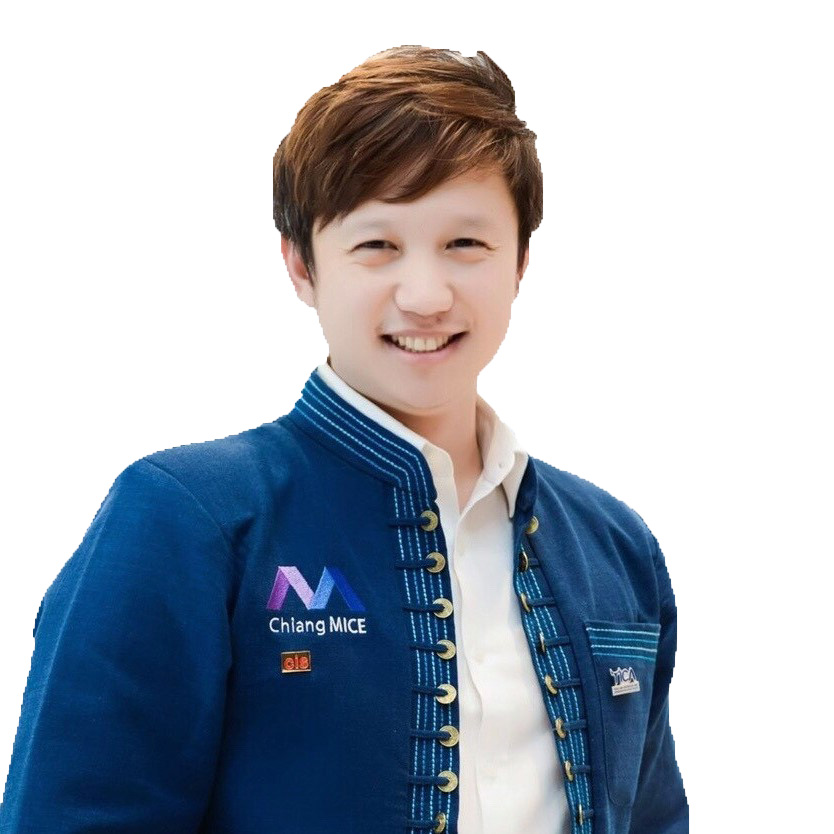Quick Scan in Australiasia
Guest Lecture to Service Operations Research Theme (SORT), Cardiff Business School
QSAM in Australiasia
QSAM: Quick Scan Audit Methodology
by Dr Eric Deakins from University of Waikato, New Zealand
19 October 2011
Industry fieldwork with NZ value stream
Objectives:
- Understand barriers to seamless flow within the NZ context
- Identify SC issues
Labour productivity in NZ was quite low during 2005-2008
- Relatively low productive comparing to OECD countries, work more than the output
- Around 10%GDP of business investment , lower than OECD average
Full QSAM sample
- NZ commodity
- Large daily factory
- Large (global-brand( pulp and paper producer
- Med. 3PL
NZ non-commodity
- Med. kitchen manufacturer
- Large (global brand) food producer etc.
Results
- International integration comparison: baseline, functional integration, internal integration and external integration
- an issue is to get the client interested in improving their integration level
Case study
- Bad case:
Cause-Effect -> no strategic plan and direction, reply solely on cost as a single KPI, reliance on tacit knowledge resulting in decline profitability - Identify barriers to SC integration using three layer framework, from outside to inside = environment, company and value steam from (Bohme et al., 2009) and four type classification from Cardiff BPR, culture, technology, finance and organisation
- define the scale of each classification (Cardiff BPR) by low, med and high
- Output (PhD thesis) supply chain improvement path way -> change programe (attempt to improve)
Pathway of least resistance:
- Starting from people and then integrate internally and externally simultaneously
- Key moderator for internal process – top management support
- Key moderator for external relationship integration are positive power and dependency structure
- Applying technology in the end of both internal and external integration
Reflection
1. People
- “Once we were warriors”
– Deep down they still are
– Male dominance - Win-Win is for wimps
– Competitive mind. just interact in the business and move on - “Once were pioneers”
- “This is NZ so [obviously] our needs are unique”
- Industry and academia are like oil and water
– Most mid and top level managers don’t have a degree, just learned from their jobs
– Then, they are not interested in the business
– “I learned all that I wil ever need on the job”
– “We made 2.4 billion last year”
2. The Place
- NZ is unpopulated – “Everyone knows everyone”
- NZ living is relatively uncomplicated
- NZ is a very risk-averse society
- NZ is broke (es.. Since Christchurch earthquakes)
- NZ has poor logistics and transport infrastructure and all modes aggressively compete with each other
– No productivity strategy, “let the market decide” - Government is populist and prone to knee-jerk reaction
– 3-year term; MMP system
3. A longstanding focus on effieciency
- “This plant is running at 110%”
- “We couldn’t stop the paper mill even if we wanted to; after 52 years of operation no-one would know how to restart it”
- “Every fire station, warehouse and unused cool store for 50 miles around is full of our product”
- “When we restart the furnance the lights dim in the local supermarket and the EFTPOS machines go down.
4. The Perspective
- NZ is very remote from its markets
– Parochial, cliquey, ‘Us and them’ - very small or far away?
- the long view – ‘3D narrow’ versus ‘2D wide’
Research avenues
How to increase QSAM impact/effectiveness/reputation?
Post-QSAM Impact (0-10)
Dairy company = 8
Pulp/paper mill = 5
3PL = 1
Kitchen manufacturer = 3
Food producer = 3
Machinery manufacturer = 7
Hospital = 1
Foundry = 0
Average = 3.5
Improvement alternative
1. Aspirin – Quick Hit – short term not sustainable
2. Sustainable way – operational efficiency
Possibilities
- Impact of organisation culture on supply chain behaviour and on resistance to change and performance
- Monitoring the progress of value stream change from a system perspective – trajectories and scorecards
- Further development and aplication of QSAM to health and otherservice orientated value streams
- Soft system considerations











